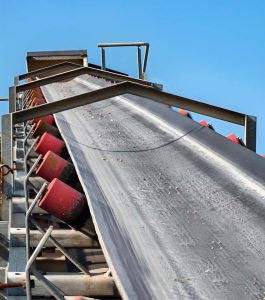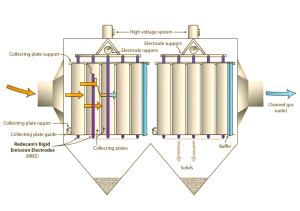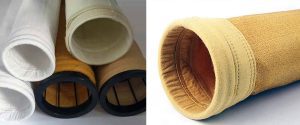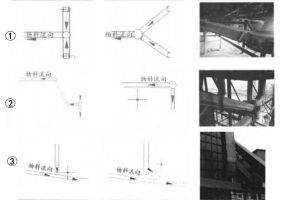When choosing a bucket elevator,every factor is crucial. Overlooking any aspect during the selection process can lead to various problems. How can you navigate these factors to make the best choice? By considering elements such as carrying capacity, material characteristics, working environment conditions, and safety features, you can ensure optimal performance.
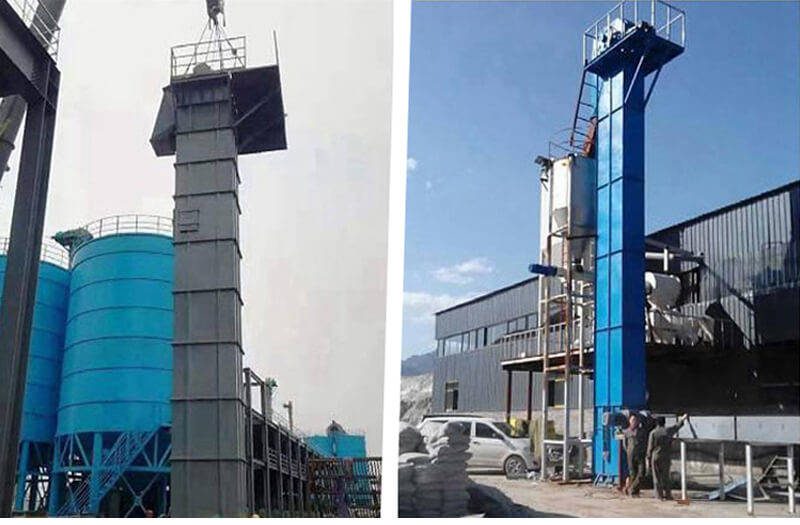
Carrying Capacity and Lift Height
First, assess the carrying capacity. Ignoring this can result in an elevator that fails to meet material requirements. This may lead to slow material transfer and insufficient production output. Additionally, inadequate lift height and conveying distance can prevent materials from reaching their destinations, causing accumulation and disruptions.
Material Characteristics
Next, focus on the materials being handled. Overlooking material properties can lead to operational challenges. For instance, sticky materials require elevators designed to prevent blockages. Without this feature, clogs may occur, resulting in increased downtime for cleaning and maintenance.
Working Environment Conditions
It’s also essential to evaluate the working environment. Neglecting environmental factors can result in an elevator that cannot withstand high temperatures, humidity, or corrosive substances. This oversight may lead to equipment damage and higher maintenance costs.
Safety and Reliability
Safety and reliability are critical considerations. Choosing an elevator without proper safety features can lead to material spillage, blockages, and mechanical failures. Ensuring that your system is reliable protects both equipment and personnel.
Supplier Reputation and Product Quality
Finally, select reputable suppliers and high-quality products. Reliable suppliers offer excellent after-sales service and durable equipment, ensuring the long-term stability of your bucket elevator.
Conclusion
Neglecting any of these factors can lead to significant issues, affecting production efficiency and equipment lifespan. Consider carrying capacity, lift height, material characteristics, working environment, safety, reliability, and supplier reputation when selecting your elevator. By evaluating these factors, you can choose the most suitable system for optimal performance.If you have any questions or need assistance, please contact Darko for expert guidance.
In upcoming articles, we will explore two commonly used types of bucket elevators: the N-TGD wire rope belt bucket elevator and the NE/NSE plate chain bucket elevator. This will help you understand their features, advantages, and application areas.

